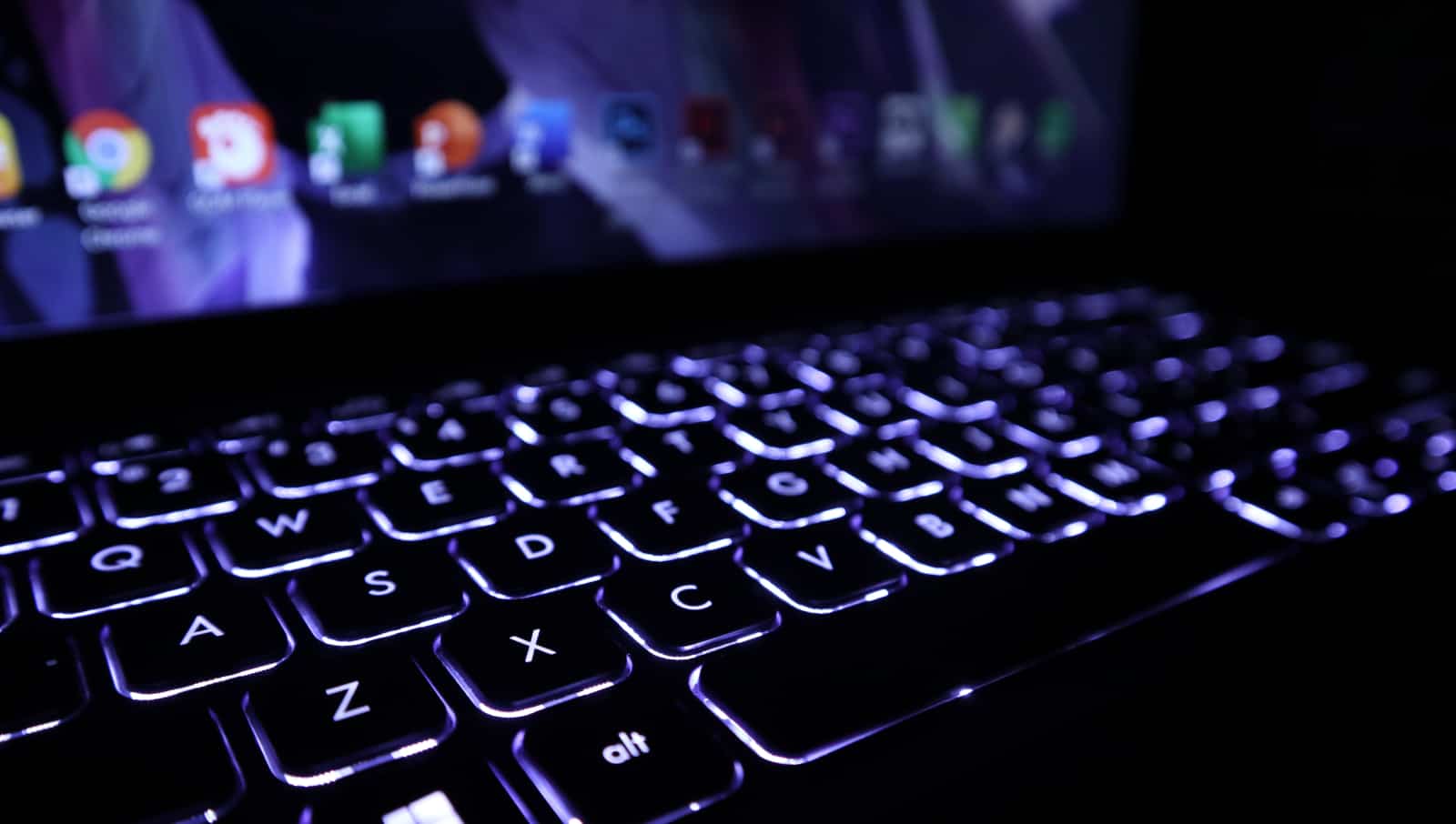Australians look set to get faster internet access, as the NBN is set to upgrade fast speeds for many on 100Mbps plans and higher.
There’s fast internet access, and then there’s fast internet access. Properly fast access.
Speedy broadband speeds are the dream for many of us, but in the past few years, they’ve been a dream you needed to pay extra for. While a 100Mbps plan was fairly fast and commanded prices between $70 to $100, anything faster was found in the over-$100 category, and that might just be too much.
Fortunately, there’s good news on the way, provided you’re an NBN customer using either Fibre to the Premises (FTTP) or Hybrid Fibre Coaxial (HFC).
You won’t really have a choice depending on where you live, but if your NBN uses one of those technologies, NBN Co will be offering faster speeds to telcos and ISPs at no extra cost, which potentially means free speed upgrades for everyone using FTTP and HFC.
NBN’s proposal would see 100Mbps connections pushed to a 500Mbps download maximum, while customers on a 250Mbps plan would see an increase to 750Mbps. Those on the “ultrafast” NBN plans of 500-1000Mbps would see a bump to 750 to 1000Mbps with a bump also to the upload speeds. In truth, all of the minimum upload speeds would jump to 50Mbps upload maximum, but the ultrafast plans would support 50 to 100Mbps upload, basically providing faster everything.
The idea essentially supercharges NBN connections using FTTP and HFC (the cable lines used for broadband), with a 100Mbps connection normally downloading at a maximum of 12 megabytes per second (12MB/s) before the upgrade, and downloading at closer to 62MB per second after the 500Mbps upgrade.
In real world terms, it means that a 25GB file would take as long as 36 minutes to download on a standard 100/20 NBN connection, but would download much more quickly at around seven minutes on a 500/50 connection.
The plans become more useful than that for another reason: sharing a high-speed connection among more devices used at home becomes easier.
Instead of splitting a 100Mbps connection between several computers, you’ll instead be splitting a faster connection between those same devices, and getting more balance out.
“The average household now consumes 443 gigabytes per month across 22 internet-connected devices. We predict that average will grow to 33 connected devices by 2026 and 40 by the end of the decade,” said Anna Perrin, Chief Customer Officer at NBN Co.
“Our network monitoring suggests that some customers are potentially hitting their maximum speed on a regular basis,” she said. “These customers may enjoy a better internet experience on a faster speed tier.”
The improvements to speeds should hopefully be available within the next 12 months, but it will be dependent on NBN providers, as well. It may also mean upgrading broadband hardware at one point, as well.
Meanwhile, for folks with the other forms of NBN connection, such as Fibre to the Curb (FTTC) or Fibre to the Node (FTTN), they may need an upgrade to FTTP to get these speeds when they roll out, as FTTP and HFC appear to be the requirements.






